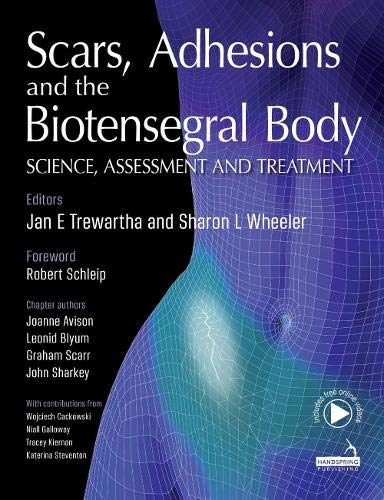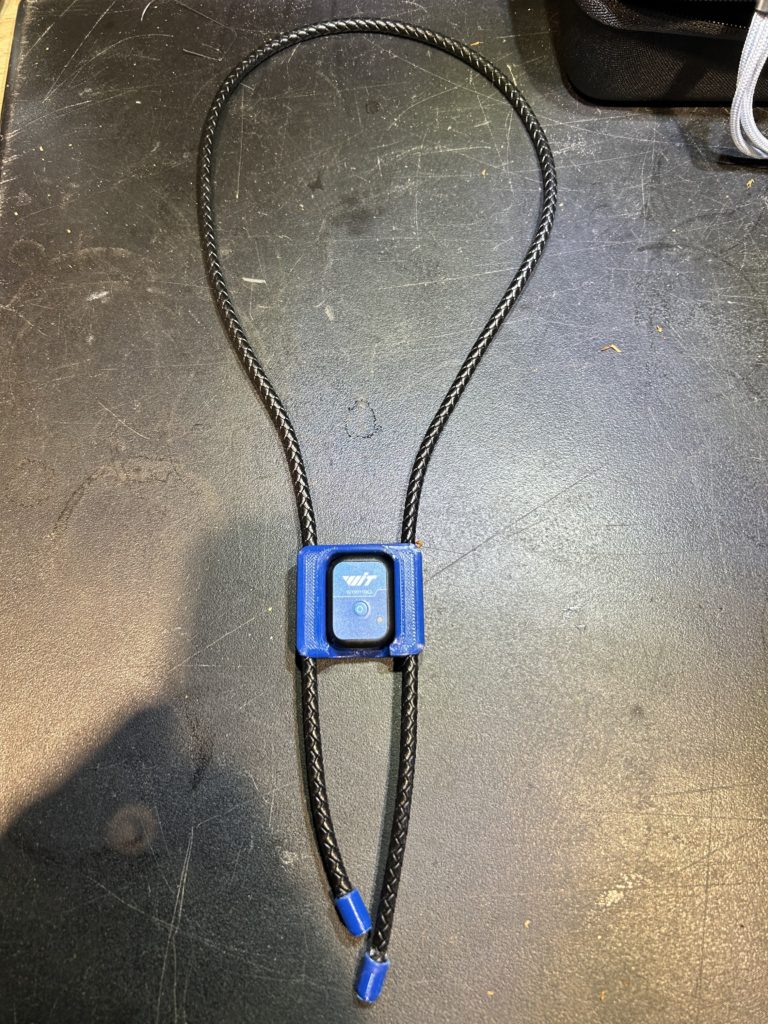ABSTRACT
This study aims to assess the impact of manual therapy on shock absorption in walking, using smartphone-accelerated data to track changes pre-and post-treatment. Focusing on the Connective Tissue Matrix and tensegrity mechanics, it seeks to improve therapy practices through dynamic feedback, offering a novel, evidence-based approach to enhancing patient care.
INTRODUCTION
This thesis posits that therapeutic interventions, from a structural/functional standpoint, aim to improve the client’s shock absorption capabilities. Traditionally, shock management has been attributed to skeletal joint structures bearing weight. However, recent theories suggest that managing body mass, particularly during motion, involves a combination of the Connective Tissue Matrix and reflexes in locomotor functions, playing a role equivalent to the compressional elements.
Conceptually this is modeled by tensegrity mechanics in biological systems. The compressional structure’s ability to absorb shock is finite, and exceeding its limits can result in system failures, such as herniated vertebral discs. By enhancing shock absorption, we can promote regeneration and increase adaptability.
In movement, analysis of shock absorption can be gleaned from the associated acceleration data. The raw data is not particularly useful, but both the power spectrum of the frequency analysis using a Fast Fourier Transform and the rate of change of acceleration within the data (Jerk) are proposed as strong indicators of the resilience of the system to shock loads. Data can easily be collected with a Smartphone and Bluetooth-enabled Inertial Measurement Unit (IMU).
PROPOSAL
It is proposed here that a study of the efficacy of therapeutic interventions be undertaken using acceleration data from before and after an intervention. Only 6-8 steps of a walking gait are needed for a data sample, taking just a few minutes to collect.
This analysis would support or dispute the premise that therapeutic interventions influence our structural/functional dynamics; that efficacy can be evaluated using frequency power spectrum/rate of change information; and bolster the hypothesis of Tensegrity’s role in mammalian morphology as a mechanism for distribution of shock loads.
Validation of this metric of efficacy would additionally support the development of acceleration as dynamic feedback for aligning interventions for clients, therapists, and movement educators, built around the Smartphone, thereby minimizing costs.
This signal of efficacy would be especially powerful as a teaching and validation tool for new manual therapists; potentially for practitioners across the spectrum of therapeutic modalities; and a demonstration of evidence for clients seeking a better understanding of the therapeutic modality they are undertaking. It is envisioned that this feedback could evolve as the core of an advanced Manual/Physical Therapy modality.
This study is underway as of Feb 1st, 2024. A dataset of at least 250 points is planned. The processed data is the third and fourth derivative of position and the median of the frequency power spectra of these derivatives.
There is a free basic iPhone demonstrator app for the utility of this feedback as a gait training tool or movement-based game here: SPRIKE – A GAIT TRAINING APP
If you are a client or an experienced therapist interested in participating in the study please get in touch with me. At this stage, no client data like a case study is captured, thereby complying with HIPAA standards.
Collecting that data takes no more than a couple of minutes pre and post an appointment.
INVITATION TO THERAPISTS:
I will supply the prerequisite hardware and training, and manage collating the data – you just email me the raw data from within the Smartphone app (Android or iOS). Given enough community interest and positive preliminary results I will formalize the data collection appropriately for submission to a peer-reviewed journal like the “Journal of Bodywork and Movement Therapies”.
All therapists who participate will be co-authors and will be invited to co-write/edit any papers before submission.
Practitioners across various therapeutic disciplines, including Somatic Therapy, Acupuncture, Craniosacral Therapy, Movement Modalities, Yoga, Pilates, Psychotherapy, Structural Integration, etc. are encouraged to contribute to this study, irrespective of geographic location. The objective is not to judge these modalities based on a specific metric of efficacy, as each modality inherently influences structure and movement in distinct ways and therapeutic effectiveness can be assessed through multiple criteria. Rather, the goal is to establish a comprehensive database spanning multiple modalities to ascertain these differential impacts on movement dynamics (if any) – a valuable insight in itself.
SUPPORT THE WORK
If you would like to contribute financially to support the ongoing costs associated with the study or other projects you can donate here:
SUPPORT THE WORK


